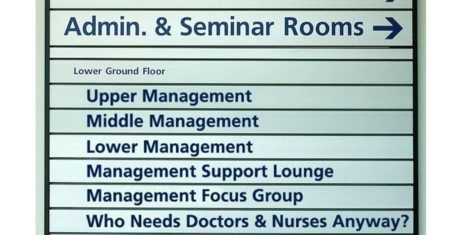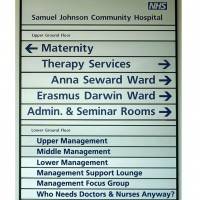February 23, 2016
High demand in Dubai office market continues to sustain rents 0
 Office rents in Dubai’s main markets have remained strong as a result of continued high demand from both international and domestic occupiers, reports Cluttons, but despite a sustained demand, occupiers remain cost conscious and budget driven in the face of a softening global economic backdrop. Landlords, by contrast appear to be slow to react to a cooling market, with many reluctant to move on asking prices and others demonstrating a lack of flexibility for lease terms at renewal. The emerging gulf between market reality and landlords’ expectations is a concern, says Faisal Durrani, Cluttons’ head of research, “particularly for a market that is now starting to show signs of maturity.” The analysis of the performance of 22 submarkets across the city in the first quarter of the year reveals that 13 submarkets witnessed no change in starting rents in 2015, seven experienced notable increases and the remaining two lower limit rents decreased over the 12 months of 2015.
Office rents in Dubai’s main markets have remained strong as a result of continued high demand from both international and domestic occupiers, reports Cluttons, but despite a sustained demand, occupiers remain cost conscious and budget driven in the face of a softening global economic backdrop. Landlords, by contrast appear to be slow to react to a cooling market, with many reluctant to move on asking prices and others demonstrating a lack of flexibility for lease terms at renewal. The emerging gulf between market reality and landlords’ expectations is a concern, says Faisal Durrani, Cluttons’ head of research, “particularly for a market that is now starting to show signs of maturity.” The analysis of the performance of 22 submarkets across the city in the first quarter of the year reveals that 13 submarkets witnessed no change in starting rents in 2015, seven experienced notable increases and the remaining two lower limit rents decreased over the 12 months of 2015.






























February 24, 2016
Too much choice at work just leads to paralysis by confusion 0
by Leeson Medhurst • Comment, Facilities management, Workplace design
(more…)